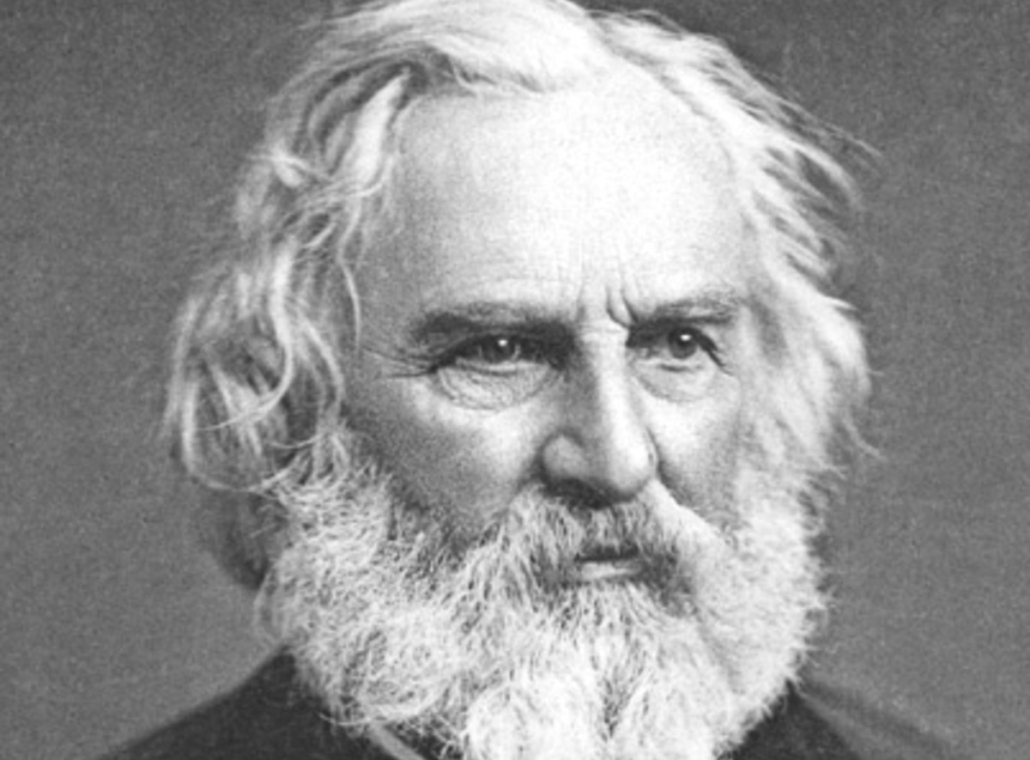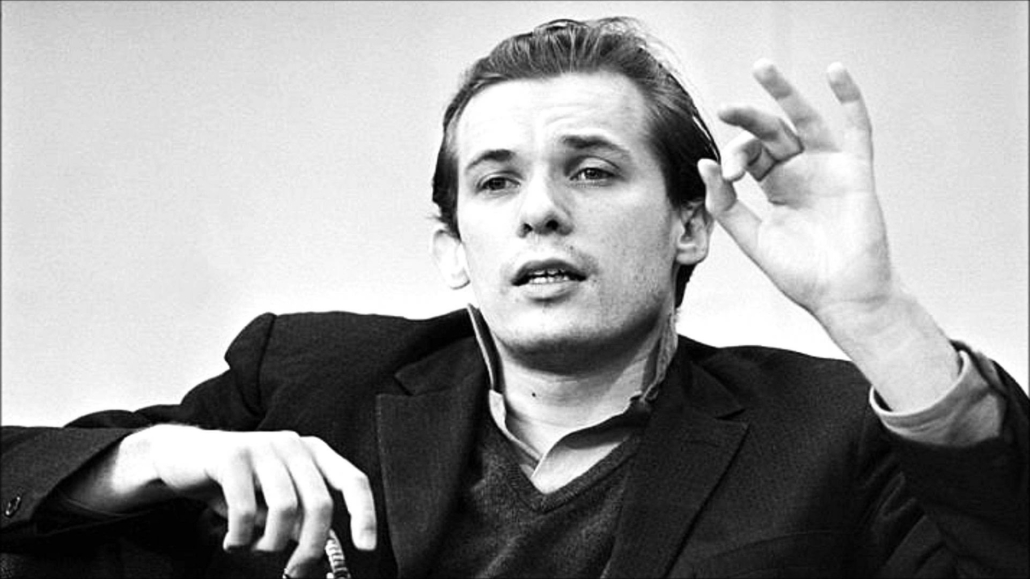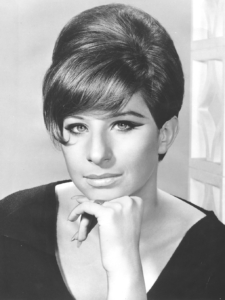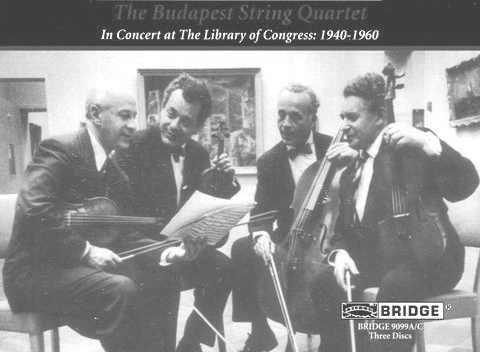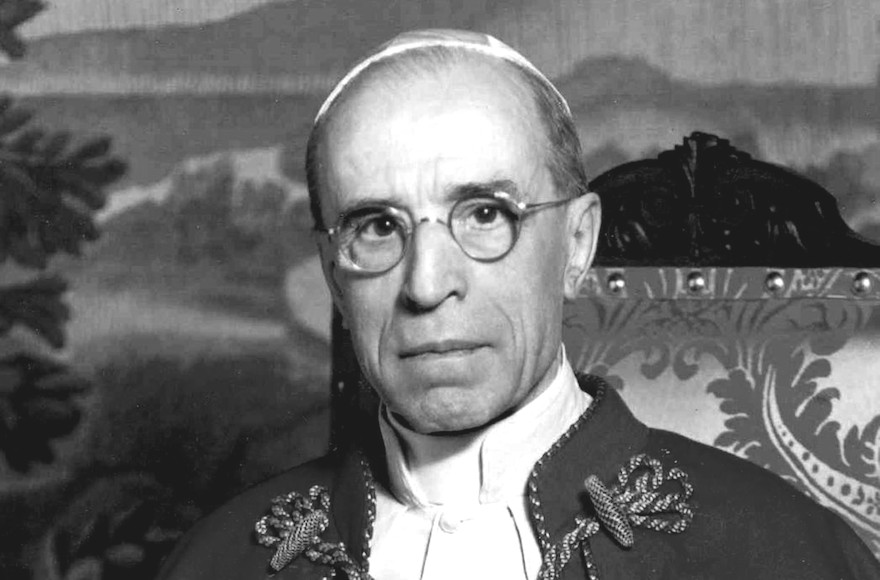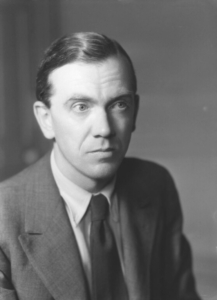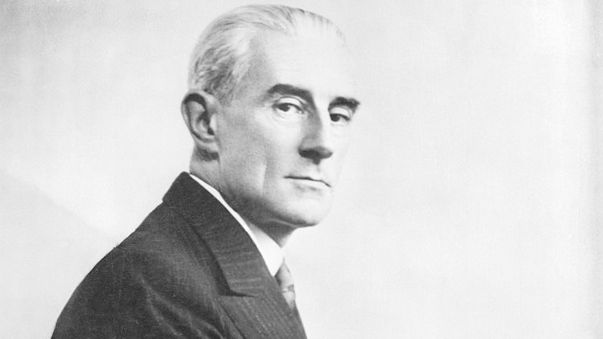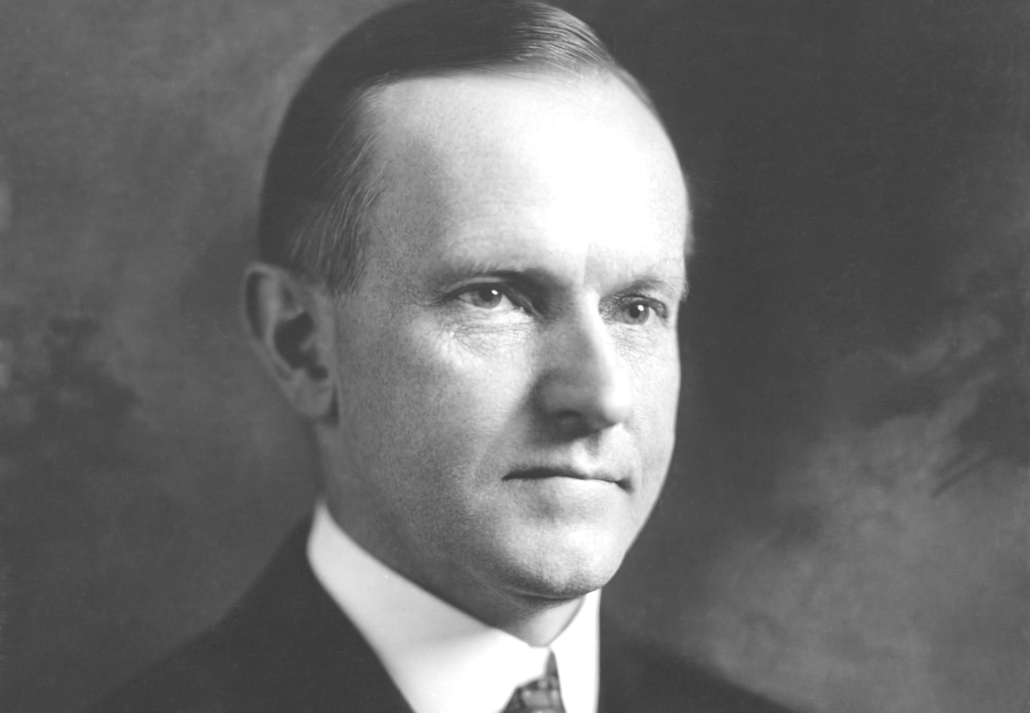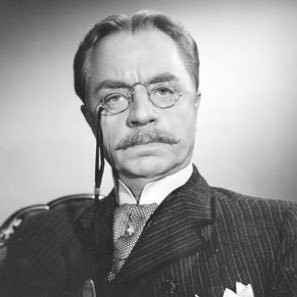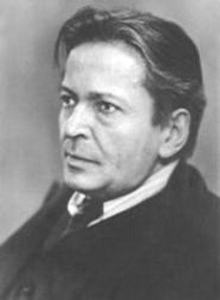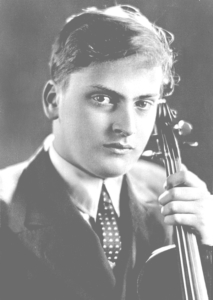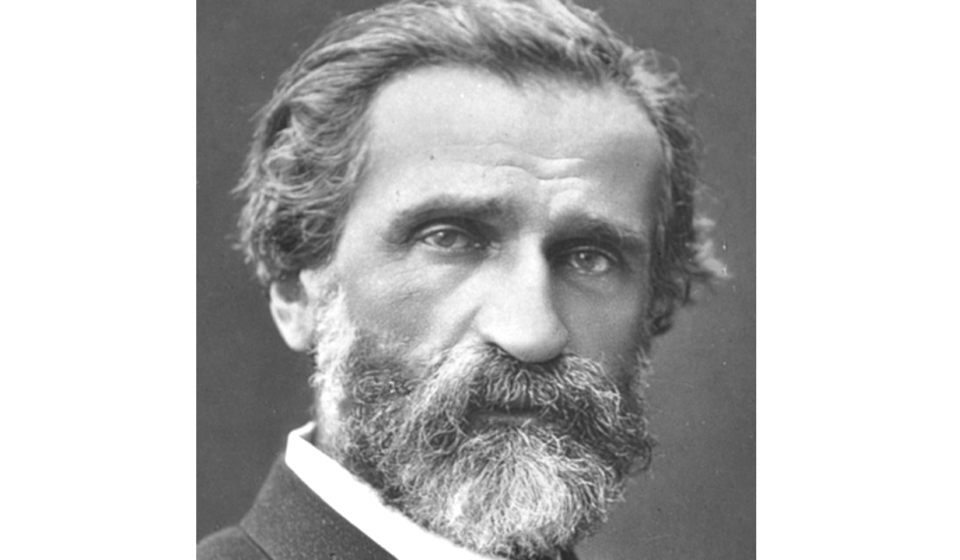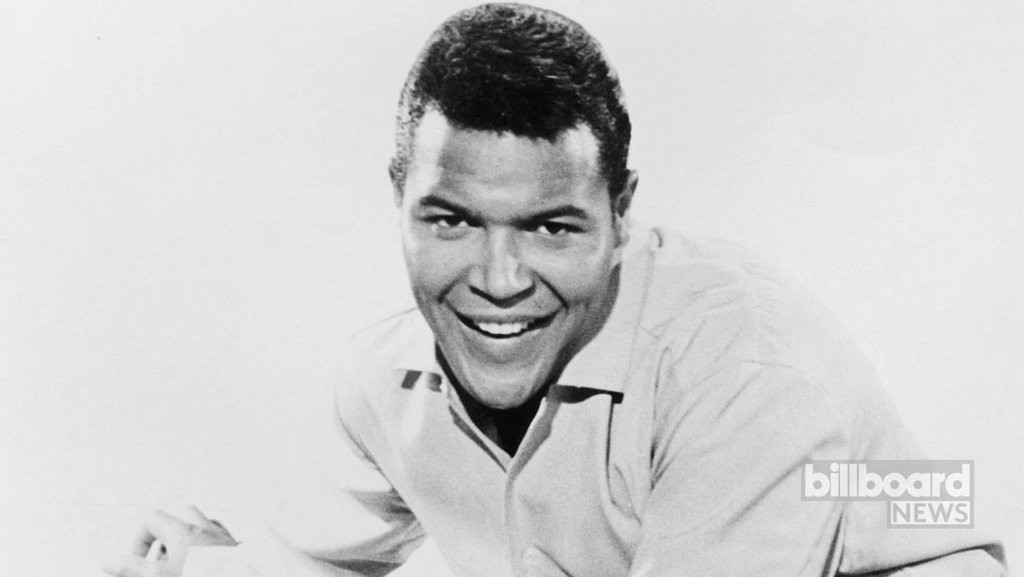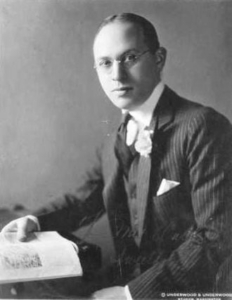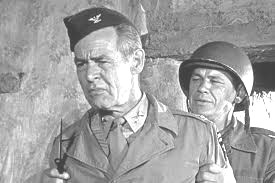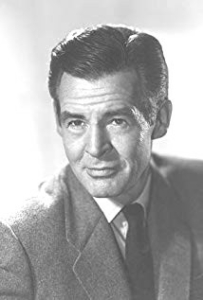REVIEW POTPOURRI: Henry Wadsworth Longfellow
 by Peter Cates
by Peter Cates
In last week’s column, I wrote about the pianist Glenn Gould and mentioned his classical hit record, the 1955 Bach Goldberg Variations for Columbia Records but failed to mention another million seller, his 1981 remake of the same work, of which many of his fans, including myself, also consider basic to any collection.
Henry Wadsworth Longfellow
Born and raised in Portland, Maine, Henry Wadsworth Longfellow (1807-1882) was arguably the most well-known American poet of the 19th century. Many one-room schoolhouse children memorized such poems as Paul Revere’s Ride and Psalm of Life, a learning experience that is, unfortunately, not part of most curriculums these days.
Longfellow had a gift for evoking the sense of wonder behind everyday life. Its reality could be boring, routine-ish, sad, almost unbearable, yet, if a person had an open mind and heart, life had its silver linings and rainbows.
One of his contemporaries stated, when the poet was still living, “There is something so tender, so gentle, in the nature of Mr. Longfellow that his poems imbibe it bountifully and it brings them home to the heart, not the mind alone, and what the heart loves and admires will linger long before time can obliterate it.”
One of his poems, A Passing Thought, is a nice example of his tender, gentle nature in dealing with life’s challenges :
“O what a glory doth this world put on
For him who, with a fervent heart goes forth
Under the bright and glorious sky and looks
On duties well performed and days well spent!
For him the wind, ay, and the yellow leaves
Shall have a voice and give him eloquent teachings.
He shall so hear the solemn hymn, that Death
Has lifted up for all, that he shall go
To his long-resting-place without a tear.”
The Longfellow House is a well-known tourist attraction, in Portland, Maine.


